Dating back to the late 1970s as the L200 series, the Triton (as it's been known since 1986) is Mitsubishi's one-tonne truck answer to the Toyota HiLux and Ford Ranger.
Available in similar configurations and spec levels as its closest rivals – single and dual cab, two- and four-wheel drive, and the choice of basic workhorse and upmarket, dual-purpose family truck – the entire Triton range is served by a single diesel engine nowadays. The base model starts from $30,740, rising to $57,940 for the most expensive version. Mitsubishi also uses the Triton as a base for its Pajero Sport seven-seater SUV.
While not the largest, roomiest or most sophisticated in its segment, the Triton's combination of affordable pricing, dependable engineering, easy driveability and total reliability reflects its maker's six decades of experience building medium-sized trucks.
Current prices range from $30,740 to $57,940 for the Triton GLX (4X2) and Triton GSR (4X4).
This vehicle is also known as Mitsubishi Forte, Strada, Dodge Ram 50, Plymouth Arrow Truck, Mitsubishi Mighty Max.






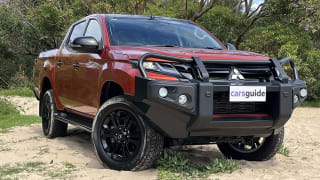
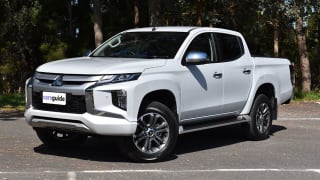

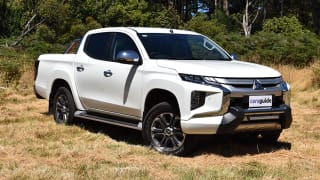
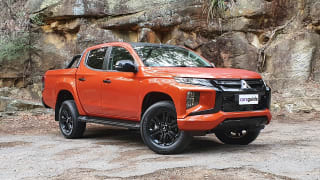
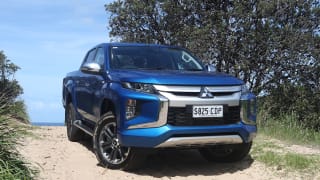
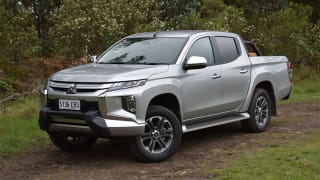






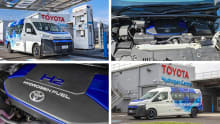

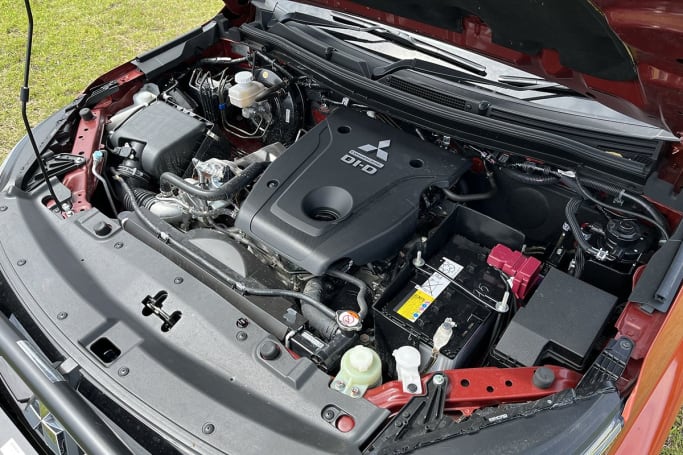


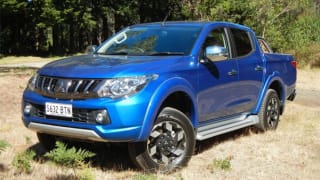
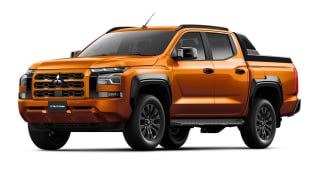





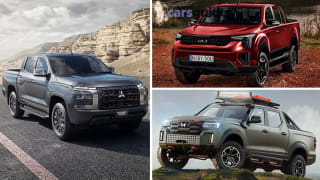
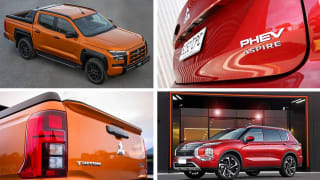
.jpg)